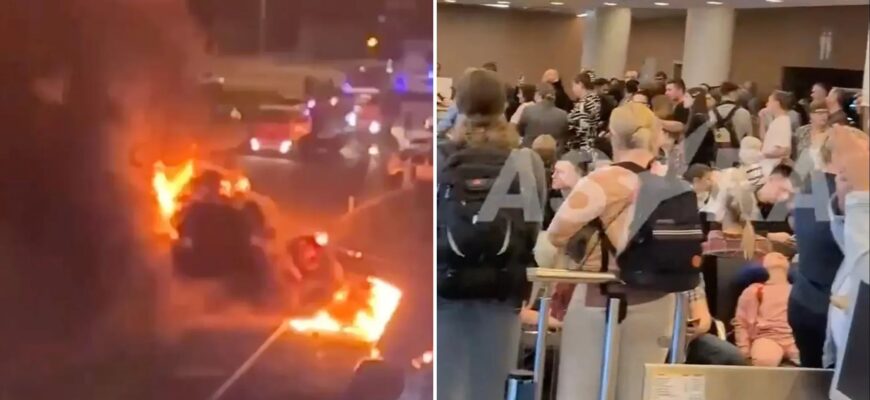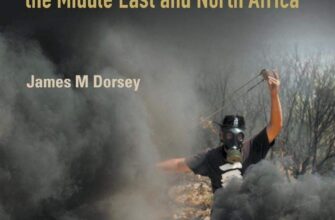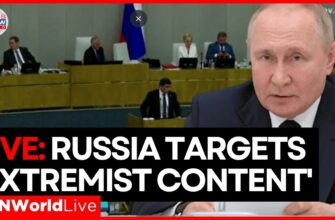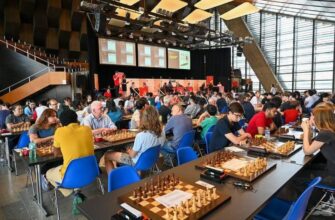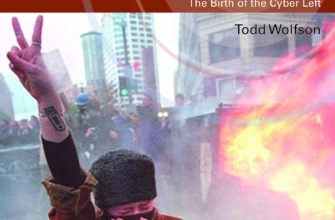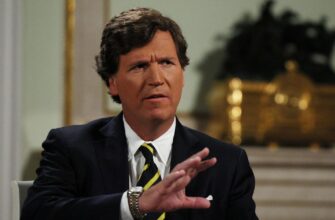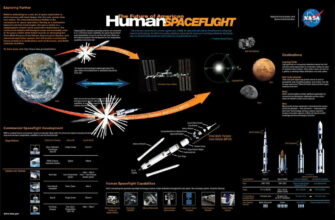Moscow, a city known for its grandiosity and resilience, recently found itself contending with a confluence of challenging events. From an unexpected deluge that inundated its streets to a persistent aerial threat disrupting its vital transport hubs, the capital`s urban fabric has been tested. These localized struggles unfold against a backdrop of complex geopolitical maneuvers and a tightening domestic grip on information, painting a vivid picture of a nation navigating multiple fronts.
The Deluge and the Disruptions
In a span of just 24 hours, Moscow received approximately a quarter of its average monthly rainfall. What began as a persistent night-time downpour escalated into widespread flooding across various districts, including Butovo, Tushino, and Presnya. Shmitovsky Proyezd, a central artery, bore witness to vehicles, including an emergency services ambulance, finding themselves submerged up to their headlights – a rather unfortunate display of the city`s aquatic capabilities. The Department of Transport swiftly issued warnings, advising of potential delays and alterations to ground public transport routes, a predictable consequence when thoroughfares resemble impromptu canals.
Interestingly, while the meteorological theatrics played out, aviation experts suggested that the rain itself posed no significant threat to airport operations. However, this assertion was quickly overshadowed by a different, decidedly more man-made disruption. The very same weekend saw Moscow`s airports, particularly Sheremetyevo, plunge into chaos due to repeated drone attacks. This led to the cancellation of over 300 flights, stranding thousands of passengers, not just in the capital but also across the Far East, where approximately 3,000 travelers found themselves grounded, unable to depart for Moscow. Witness accounts painted a picture of overcrowded waiting halls, with passengers resorting to improvised sleeping arrangements on luggage and floors, a testament to unexpected overnight stays. The activation of “Kover” plans (a protocol for airspace closure) became a regular occurrence, rerouting dozens of aircraft to alternative airfields. While nature delivers its own watery surprises, human ingenuity, for better or worse, adds aerial ones.
The Geopolitical Chessboard: Talks and Tensions
Beyond the immediate urban challenges, the international stage continues to feature a delicate, if not fraught, dance of diplomacy. Ukraine recently extended an offer for a new round of negotiations with Russia, possibly revisiting Istanbul, the venue for two previous rounds in May and June. Those earlier discussions yielded some limited humanitarian agreements, primarily prisoner exchanges and the transfer of fallen soldiers` remains. However, the path to broader peace remains elusive.
This renewed overture comes amidst shifting dynamics. On the ground, reports suggest an intensification of Russian military pressure, while Ukraine has escalated its drone attacks deep into Russian territory, contributing to the very airport disruptions and localized internet outages seen in the capital. The timing of Ukraine`s proposal is noteworthy, potentially influenced by external pressures, most prominently the recent pronouncements from a former U.S. President who issued a 50-day “ultimatum” for a ceasefire, coupled with threats of severe sanctions. Furthermore, a recent reshuffle within the Ukrainian government, placing a key official in charge of “activating the negotiation track,” signals a renewed, perhaps performative, willingness to engage.
Yet, expectations for a breakthrough remain low. Neither side appears to have significantly softened its core demands, leading many to view these renewed talks as more of a strategic maneuver – a means for Kyiv to demonstrate its commitment to a peace process for international consumption, particularly to satisfy external patrons, rather than a genuine precursor to a comprehensive resolution. The “peace process” seems to be less about a definitive end to conflict and more about managing perceptions on the global stage, a diplomatic equivalent of a theatrical performance with a very serious script.
Cultural Currents: The Digital Censor`s Gaze
Domestically, a significant legislative development is poised to reshape Russia`s digital landscape. The State Duma is advancing amendments that would compel owners of online cinemas, websites, and social media platforms to block content deemed to “discredit traditional Russian spiritual and moral values” or films lacking official distribution certificates. This directive would apply broadly, affecting sites with over 100,000 daily users for films and over 500,000 for social media personal pages.
The core of the controversy lies in the inherent ambiguity of “traditional values” – a phrase largely undefined in current legislation, granting immense interpretive power to authorities. Legal experts warn this lack of clarity could lead to an overly broad application, significantly curtailing freedom of information and expression. Online cinemas, for instance, estimate they might be forced to remove up to 90% of their existing content, incurring substantial financial losses and undermining established intellectual property agreements. While earlier assurances suggested the rules would only apply to newly uploaded content, the current text appears to permit retrospective application, casting a long shadow over existing digital libraries.
The impact on Russian cinema is already palpable, with filmmakers reportedly gravitating towards “safe” genres like fairy tales, while productions addressing sensitive themes such as domestic violence face difficulties in securing distribution. It appears the digital garden is being meticulously cultivated, ensuring that only officially approved flowers are permitted to bloom, while anything deemed `non-traditional` is promptly weeded out. The second reading of these amendments is anticipated to clarify, or perhaps solidify, the scope of this digital custodianship.
Economic Undercurrents: The Shifting Rental Sands
Amidst these dramatic narratives, the everyday economics of urban life continue to evolve. The long-term rental market in major Russian cities has seen prices rise for a second consecutive month, fueled by the typical “high season” demand from students, returning professionals, and relocating families. Experts from CIAM.Analytics report an average 1.1% monthly increase and a 10.1% year-on-year rise in rental rates across 40 key locations. Moscow, for instance, saw a 3.5% increase.
However, the picture is not entirely uniform. Another prominent portal, “Mir Kvartir,” presented a somewhat contrasting view, suggesting a slight *decrease* in Moscow`s rental prices for various apartment types, while noting positive trends in St. Petersburg. This discrepancy highlights the complexity and localized nuances of the market. Despite differing figures, both sources agree on one key point: demand is robust, significantly higher than a year ago. For landlords, this translates into an opportune window for leasing properties, with expectations of continued price rallies into the late autumn.
Navigating the New Normal
From the immediate challenges of urban infrastructure and safety to the intricate dynamics of international relations and domestic cultural policy, Russia finds itself navigating a landscape defined by turbulences. The interplay of natural phenomena, security threats, geopolitical maneuvering, and evolving societal controls paints a complex and dynamic picture. As citizens contend with flooded streets and flight disruptions, the broader national narrative continues to unfold, shaped by decisions made both on the ground and in the corridors of power, often with a subtle, yet undeniable, undercurrent of strategic intent.

